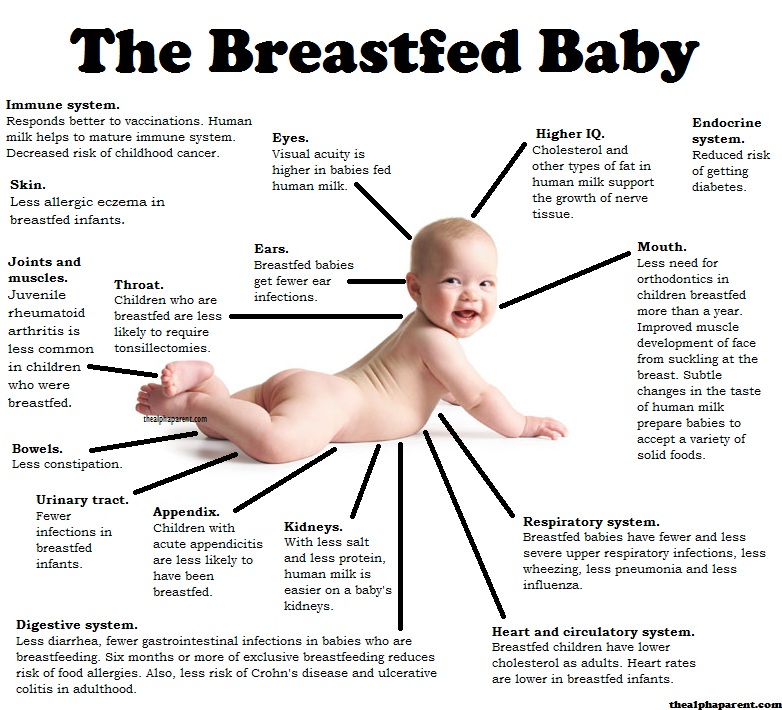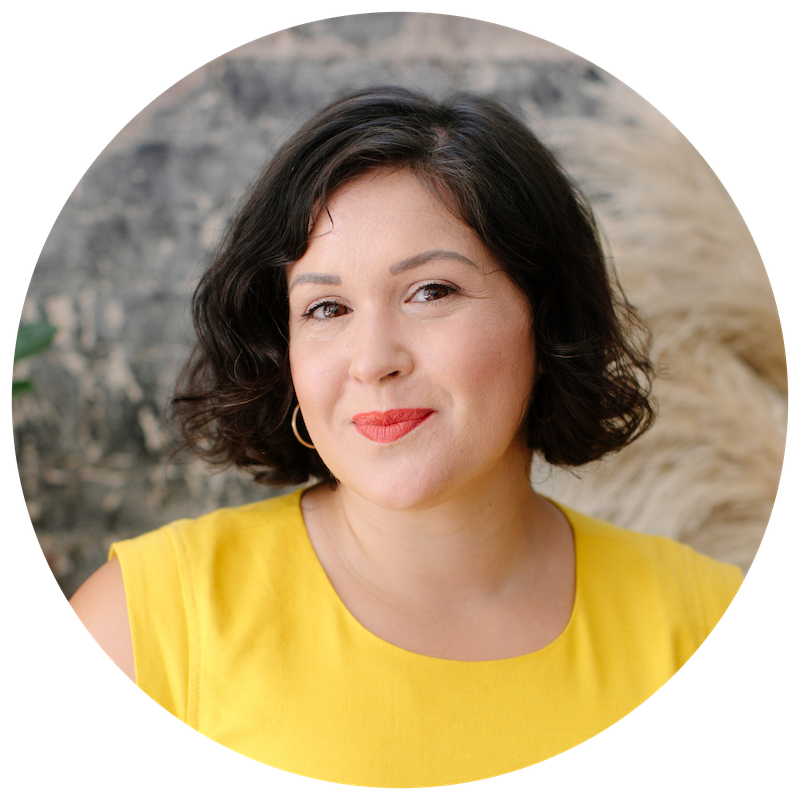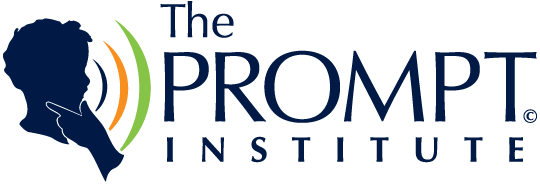Skills for 0-12 Months

Many parents wonder about feeding their little ones. The period of the first year is full of so many changes, but one of the biggest is certainly feeding. You start with milk, whether it be from the breast or bottle. Then a few months later, you are faced with the challenge of introducing solids. How do parents navigate the period of 0-12 months?
People are always shocked when I tell them I specialize in speech therapy with babies. “But they don’t speak yet! How can they get speech therapy?” These first months are some of the most important in your child’s life. They will set the stage for future development. Even if your child is typically developing, these tips will help you ensure your child is on the right track. In today’s post, I am going to talk about the most vital of all behaviors—feeding.
1.To Breastfeed or Bottle Feed?
The most logical first question you will have when presented with your new bundle of joy is “How am I going to feed this thing?” Likely, you have put some thought into this before you’ve given birth. You’ve done your research, read articles, and interviewed your mommy friends. Of course, this is a personal decision and based on many factors, but I always suggest that new moms breastfeed. During these first few months of life, breastfeeding is an incredibly special way to create a bond between mother and child. Breastfeeding allows a mother to pass immunity against illness and disease to her child, fills the nursing mother’s body with helpful oxytocin to heal the body post-delivery, and creates a “conversation” between mother and child as you begin to learn your child’s unique hunger cries and develop joint attention.

If you have opted to bottle feed your newborn, I would still recommend using breast milk to take advantage of all the health benefits listed above. There are many bottle options to choose from, but my personal favorite is the Dr. Brown Bottle. There is also a wide range of nipples to choose from. Unless your child is having feeding difficulties, I recommend sticking with a standard nipple, rather than a slow flow or preemie nipple.
For those moms who have to return to work, it is important to trial bottles before your return. It is going to be a big transition for the whole family, so it is important to be prepared.
2. I Want to Give Up!

Breastfeeding can be difficult, especially for first-time moms. In those first few days when you and your baby are learning this new dance, it can be very easy to give up. During this time, it is helpful to have the support of your partner, but also the support of moms going through something similar. Check for local La Leche League meetings or join a parenting support group, such as Nurture.
It is important to contact a lactation consultant and/or speech-language pathologist if you are experiencing any of the following problems during breastfeeding.
- difficulty latching
- inefficient seal
- decrease in milk supply
- pain during breastfeeding
- sores around the nipple
- thrush
- infant weight loss
- gassiness
- reflux
Read Kristi’s story about her own breastfeeding journey.
3. Transitioning to the Spoon
Parents can begin to safely start transitioning from milk to solids around 6-7 months. Some pediatricians may urge you to introduce cereals early, but this is not necessarily developmentally appropriate. If introduced sooner than your child is ready, spoon-feeding can lead to gagging and later food aversions.
Because your child has only had experience with nipple/breastfeeding up until this point, it is important to introduce the concept of spoon-feeding—just as you would introduce any new behavior. To do this, start with a spoon that has a small bowl and a long handle such as the one made by Spuni or Oxo.

After you have chosen the spoon, get comfortable. Follow these tips to make the transition from milk to solids as smooth as possible.
- Make sure your child is positioned appropriately in a high chair and facing you.
- Make plenty of eye contact and say “ahhh” as you bring the spoon close to the child’s mouth.
- Always present the spoon towards the front of the child’s mouth, and have the tip touch the bottom lip so that your baby will automatically close his mouth.
- Stop the spoon when it is just past the lips and model the “Ma” sound so that your child can clear the spoon.
- Pull the spoon out while continuing to say “ma”, allowing the child to get all food off the spoon.
- Repeat as needed.
4. What’s the deal with “Baby-Led Weaning”?
Likely in your milk to solids research, you have stumbled upon the term “baby-led weaning”. This means that you will bypass spoon-feeding and will allow your child to feed himself using suitably sized pieces of food. Using this method, there is no need for purees, rice cereals, or baby foods. Your child will be eating the same foods that you and your family enjoy (with some limitations—of course, you are not giving your 6-month-old a piece of steak!). Many parents begin with softer fruits and vegetables (i.e. bananas, avocados, strawberries) before transitioning to foods that are more difficult to gum and swallow. If you are thinking of introducing baby-led weaning with your child, I urge you to read the book for a step-by-step guide.
5. Babies Can’t Use a Cup!
It is hard to believe, but the easiest time to transition your child away from a bottle is when they are 6-7 months old. At this time, your child does not yet have any teeth, and he can quickly learn to modify his suckle reflex for cup drinking. Even better, your 6-7 month child is only just developing cause-and-effect relationships, so he will not be purposefully dumping the cup over to get your attention.
I recommend starting with an Oxo training cup or the Munchkin Tumbler which both have a small insert that prevents all the water from spilling out of the cup. By using this set-up, your child can learn to modify the flow of liquid so that you can soon take the insert out and amaze your friends by showing them that your 7-month-old can drink independently from an open cup. As an added bonus, you never have to go through the torture of cleaning those tiny holes in a sippy cup.
In conclusion, transitioning your child from milk to solids is much easier than you think!






0 Comments